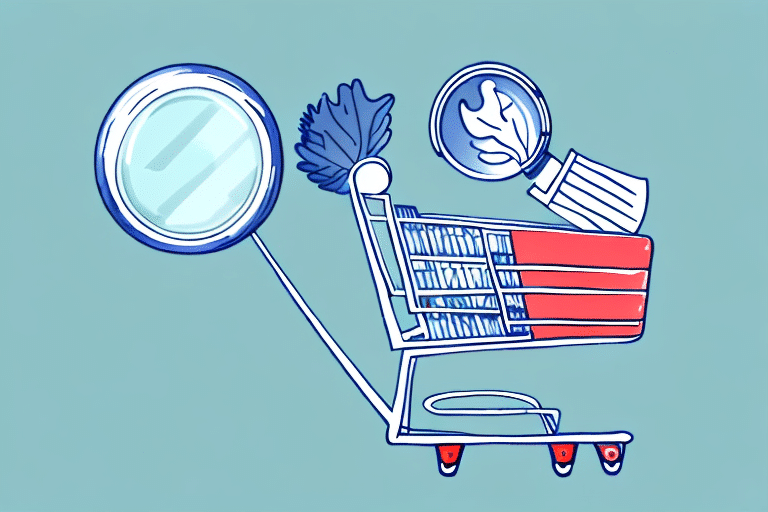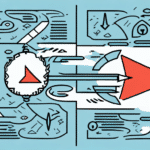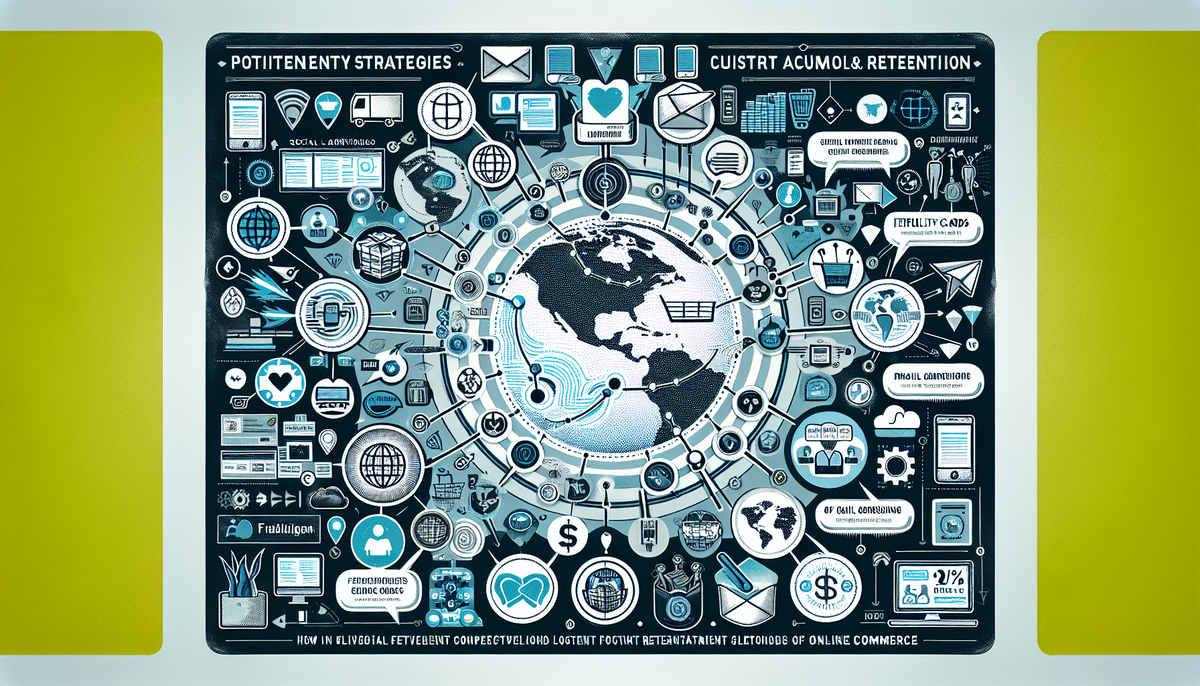Enhancing Ecommerce Retention: Essential Strategies for Success
Ecommerce businesses continuously seek ways to improve customer retention, as repeat customers are more cost-effective to acquire and can spend more over time. This article explores essential strategies to help businesses enhance their ecommerce retention rates.
The Importance of Ecommerce Retention
Understanding ecommerce retention is crucial for online businesses. Retention refers to the percentage of customers who make repeat purchases from your store. Customer acquisition can be costly and time-consuming, so it’s vital to retain existing customers. According to Harvard Business Review, increasing customer retention by just 5% can boost profits by 25% to 95%.
Retention also builds brand loyalty. Satisfied customers are more likely to recommend your business to others, leading to increased word-of-mouth marketing and a larger customer base. Additionally, focusing on retention helps improve customer satisfaction by tailoring marketing and product offerings to meet their needs.
Understanding Customer Behavior and Needs
The first step to improving ecommerce retention is understanding your customers' needs and preferences. Analyzing customer behavior and feedback helps identify issues that may hinder loyalty and enables the creation of personalized shopping experiences.
Collecting Customer Insights
Use surveys and feedback forms to gather information about your customers. Targeted questions can reveal shopping habits, preferences, and pain points. Additionally, monitoring website behavior, such as frequently visited pages and time spent, provides data to enhance the customer experience.
Data-Driven Personalization
Leverage the collected data to personalize product recommendations, content, and promotions. Personalized experiences resonate more with customers, increasing the likelihood of repeat purchases.
Creating a Seamless User Experience
A seamless user experience is essential for retaining customers. Optimize your website for speed, mobile responsiveness, and ease of navigation. Ensure the checkout process is quick and straightforward to enhance the overall shopping experience.
Optimizing Site Performance
Use tools like Google PageSpeed Insights to assess and improve website performance. Fast-loading pages and mobile-friendly designs are critical for preventing customer frustration and abandonment.
Streamlining the Checkout Process
Minimize the number of steps in the checkout process, offer multiple payment options, and allow easy cart editing. Simplifying these elements can significantly reduce cart abandonment rates.
Personalizing Customer Interactions
Personalization fosters customer loyalty by making customers feel valued and understood. Use data to personalize product recommendations, offers, and messaging, including targeted emails and tailored content based on customer behavior and preferences.
Implementing Personalized Communications
Send targeted emails and promotions based on individual customer data. Personalized messaging increases engagement and encourages repeat purchases.
Using Chatbots for Enhanced Personalization
Deploy chatbots that can engage with customers by asking about their preferences and providing personalized recommendations. Chatbots offer 24/7 support, enhancing the customer experience.
Providing Exceptional Customer Support
Excellent customer service is a cornerstone of retention. Offer helpful, responsive, and friendly support through multiple channels, including live chat, email, and phone. Providing 24/7 availability and timely responses builds trust and loyalty with your customers.
Multi-Channel Support Options
Ensure customers can reach you via their preferred method, whether through live chat, email, or phone support. A diverse range of support channels caters to different customer preferences.
Proactive Customer Service
Anticipate customer needs and address potential issues before they escalate. For instance, notify customers in advance about shipping delays and offer compensatory measures to mitigate any negative impact.
Strategic Marketing for Retention
Effective marketing strategies are vital for keeping your brand top-of-mind and encouraging repeat purchases. Implement tactics like email marketing and retargeting campaigns to maintain customer engagement.
Leveraging Email Marketing
Email marketing allows you to send targeted and personalized messages that encourage repeat purchases and build brand awareness. Segment your email list based on customer data to tailor your campaigns effectively.
Implementing Retargeting Campaigns
Use retargeting to reach customers who have abandoned their carts or become inactive. Personalized ads and timely messaging can entice these customers to return and complete their purchases.
Building Loyalty and Trust
Loyalty programs and trust-building measures are essential for long-term retention. Implement loyalty programs that offer exclusive perks and rewards for repeat purchases, making customers feel appreciated and valued.
Designing Effective Loyalty Programs
Ensure your loyalty programs are straightforward and easy to use. Clearly communicate the benefits and keep customers informed about updates or changes to encourage participation.
Encouraging User-Generated Content and Reviews
User-generated content and reviews build social proof and trust. Showcase customer reviews on your site and social media, and encourage customers to share their experiences to boost retention rates.
Analyzing Data and Metrics for Continuous Improvement
Continuously track and analyze key metrics such as customer lifetime value, retention rate, and average order value to assess the effectiveness of your retention strategies. Use this data to identify areas for improvement and refine your approaches.
Key Metrics to Monitor
- Customer Lifetime Value (CLV)
- Retention Rate
- Average Order Value (AOV)
- Churn Rate
Benchmarking and Trend Analysis
Regularly benchmark your metrics against industry standards and analyze trends in customer behavior to inform future retention strategies.
Conclusion: Taking Action to Improve Ecommerce Retention
Improving ecommerce retention rates requires a multifaceted approach, including understanding customer needs, creating a seamless and personalized shopping experience, providing exceptional support, implementing strategic marketing, and building loyalty and trust. By adopting these key strategies, ecommerce businesses can establish long-term customer relationships and enhance their profitability.




















